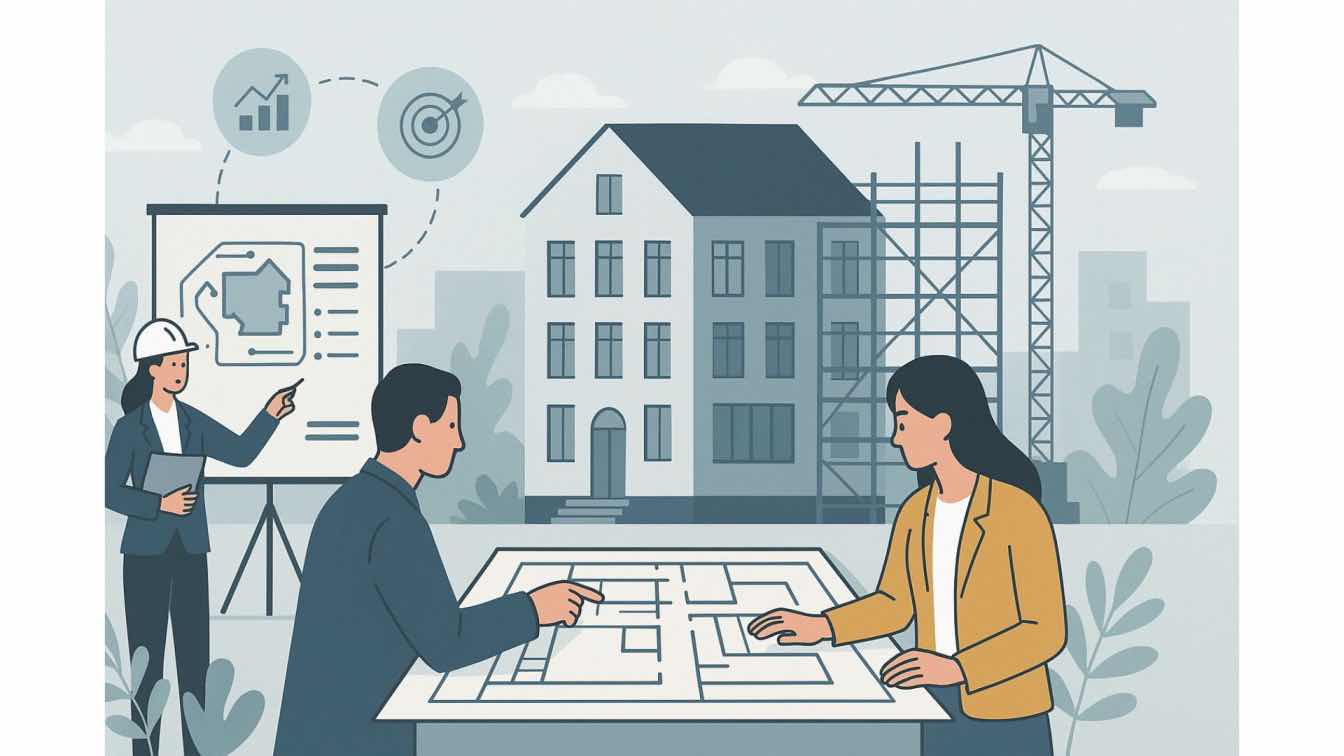Buildings usually undergo transitional uses as the needs of the community change. Historically, the reuse of structures was the norm ranging from former old factory buildings turned into new uses to former school buildings turned into community centers. Transitional uses require planning so as to bridge the current status with future goals. Strategic planning ensures buildings comply with safety and regulation requirements while the new uses are accommodated effectively. Strategic planning forearms against financial mistakes and ensures sustainable development. Preparations enable buildings to take new uses with modified functions with continued value and benefit to the community. Knowledge of the process of strategic planning serves to prepare building owners and managers to cope with the change effectively.
Observation:
In the past, buildings were often reused in new ways to meet changing community needs. Planning carefully helps make sure these changes are safe, legal, and useful, turning old spaces into new places that people can enjoy and benefit from.
Assessing Building Conditions
Before repurposing a building for transitional use, it’s important to thoroughly assess its current condition. This involves examining the structure’s foundation, roofing, electrical systems, plumbing, and overall safety features. Identifying any damage or areas needing repair early helps prevent costly surprises later. Assessments should also consider accessibility, environmental concerns, and compliance with current building codes. Understanding the building’s strengths and limitations allows planners to create realistic and effective strategies for its new use. This step is crucial because it provides a clear picture of what changes are necessary to make the space safe and functional. By taking the time to evaluate the building carefully, owners and managers can ensure a smoother transition and better outcomes for the project. Proper assessment lays the groundwork for successful planning and redevelopment.
Defining Transitional Objectives
Setting clear goals is essential when preparing a building for transitional use. Knowing what you want to achieve helps guide the planning and decision-making process.
Consider the following key objectives:
1. Determine the building’s new function based on community needs or business goals.
2. Identify budget limits and funding sources to support renovations and upgrades.
3. Establish timelines for each phase of the transition to keep the project on track.
Having these objectives in place makes it easier to prioritize tasks and allocate resources efficiently. Clear goals help ensure everyone involved understands the purpose of the project and works toward the same outcomes. Defining your transitional objectives early on creates a strong foundation for successful building adaptation and use. Taking time to clarify your intentions leads to smoother planning and better results.
Creating a Strategic Plan
Developing a strategic plan is a vital step in preparing buildings for transitional use. This plan outlines the goals, timelines, budget, and resources required to transform a space effectively. It involves coordinating with architects, engineers, contractors, and regulatory bodies to ensure the project meets safety standards and local codes. A well-crafted plan also anticipates potential challenges such as structural issues or delays and includes solutions to address them. For many property owners, finding additional storage space during renovations or transitions is essential. In Burlington, NJ — where space and style meet through NSA Storage, businesses and individuals access secure, flexible storage units that support their project needs. This partnership helps maintain order and efficiency by safely storing materials and equipment off-site, freeing up valuable space for construction or adaptation work. A strategic plan that includes smart storage solutions enhances project flow and contributes to successful building transitions.
Facts:
Strategic planning reduces project delays by 30 percent. Off-site storage improves site organization and safety. Collaborative planning ensures regulatory compliance and quality outcomes.
Managing Regulatory Requirements
Compliance with regulatory needs is an integral part of building preparation for transitional use. Building codes, zone regulations, fire and safety codes, and environmental control protect projects from expensive delays and legal complications. Knowledge of the required permits and inspections is also needed prior to commencing any renovation or repurposing construction. Early consultation with regulatory bodies can inform potential roadblocks and define expectations. Adequate paperwork and guideline following also insulate property owners and development teams from risk. In certain examples, transitional use can necessitate special allowance or temporary permits, so staying up to date and ahead of the process is crucial. Effective regulatory management with regard to building transitions not only guarantees compliance with the law but also fosters the building’s new facility into a safer and sustainable operation. Compliance management early in the planning stages also prevents disruptions and gains the trust of stakeholders. In general, comprehensive regulatory management facilitates successful and timely building transition completions.
Research
Industry data shows that projects with early regulatory engagement reduce approval times by up to 40 percent. Reports also find that compliance-focused planning decreases the likelihood of costly rework by 25 percent. Experts agree that proactive regulatory management is key to meeting deadlines and maintaining project budgets, making it an essential component of strategic building preparation.
Coordinating Stakeholders Effectively
Managing a building transition involves multiple stakeholders, including owners, contractors, architects, and regulatory officials. One common approach is having a single project manager oversee all parties, which centralizes communication and decision-making, reducing misunderstandings and delays. However, this requires a skilled manager capable of handling complex coordination. Alternatively, some projects use a collaborative platform where stakeholders communicate directly, fostering transparency but risking fragmented decision-making without clear leadership. Choosing the right strategy depends on project size, complexity, and team dynamics.
Case study
A mixed-use development in a mid-sized city used a dedicated project manager to coordinate architects, contractors, and city officials. This approach streamlined approvals and kept the project on schedule. Regular meetings ensured everyone was informed, reducing costly errors. The clear chain of command facilitated quick problem-solving. This example shows how effective stakeholder coordination can improve project efficiency and lead to successful building transitions.
Finalizing Transition and Use
Completing the transition process requires thorough inspection and testing of the building’s systems and finishes. Ensure all safety measures are in place and that the space meets the intended functional requirements. Final walkthroughs with stakeholders help identify any last-minute adjustments needed. Proper documentation and training for new occupants or users support a smooth handover. Taking these final steps guarantees the building is ready for its new purpose and that all involved parties are confident in its use. Careful finalization sets the stage for successful, long-term operation.





